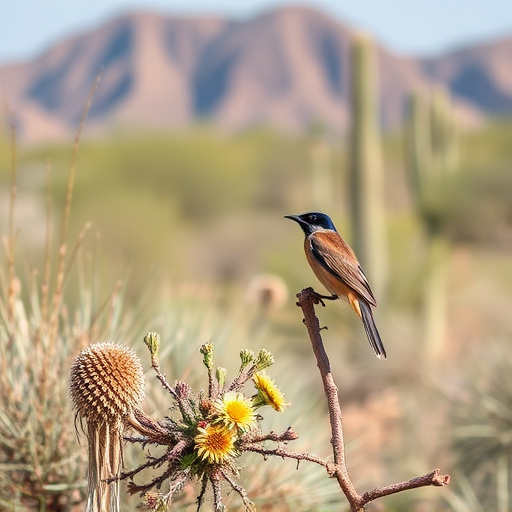The Buenos Aires Refuge in Southern Arizona is a 43,000-acre conservation area dedicated to protecting rare bird species, particularly the Masked Bobwhite. Its diverse ecosystems—from arid grasslands to wetlands—make it an ideal birding destination. With successful habitat restoration and community engagement, the refuge boosts biodiversity, supports the Masked Bobwhite population, and promotes birding in southern Arizona. Through native vegetation, educational programs, and guided events, the refuge attracts nature lovers and ornithologists alike, contributing to the region's natural wonders.
“Discover Buenos Aires Refuge, a hidden gem in Southern Arizona that’s transforming the landscape for rare bird species, particularly the Masked Bobwhite. This haven offers a unique opportunity to explore the region’s diverse birding destinations. Through innovative habitat restoration techniques, the refuge is revitalizing natural ecosystems.
Learn about the Masked Bobwhite’s ecological niche and the conservation efforts needed to protect it. Explore how community engagement and reforestation initiatives are making a tangible impact on local bird populations, enhancing birding experiences in Southern Arizona.”
- Buenos Aires Refuge: A Haven for Rare Bird Species
- The Masked Bobwhite: Its Habitats and Conservation Needs
- Southern Arizona's Unique Birding Destinations
- Restoring the Natural Habitat: The Buenos Aires Approach
- Community Engagement in Wildlife Conservation
- The Impact of Reforestation on Local Bird Populations
Buenos Aires Refuge: A Haven for Rare Bird Species
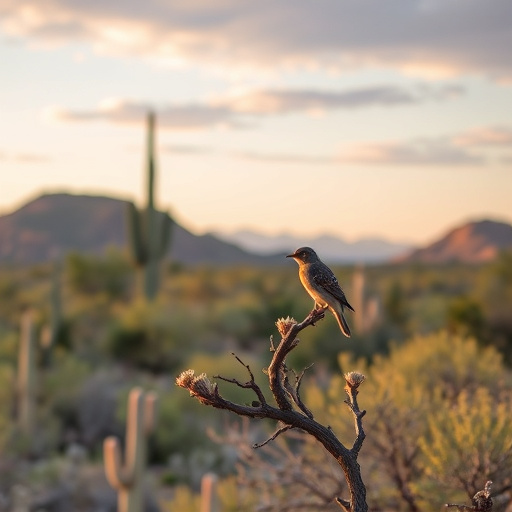
Buenos Aires Refuge, located in the heart of Southern Arizona, stands as a sanctuary for rare bird species, especially the Masked Bobwhite. This 43,000-acre haven is a result of years of conservation efforts aimed at restoring and preserving critical habitats. The refuge’s diverse ecosystems, including arid grasslands, mesic forests, and wetlands, create an ideal environment for a multitude of avian life.
For birders exploring the region, Buenos Aires Refuge offers a unique opportunity to observe these rare species in their natural setting. The Masked Bobwhite, known for its distinctive calls and elusive nature, thrives within the refuge’s carefully managed landscapes. Birding enthusiasts can expect to witness a variety of other bird species, contributing to the rich biodiversity that makes this place a true gem for Southern Arizona birding.
The Masked Bobwhite: Its Habitats and Conservation Needs
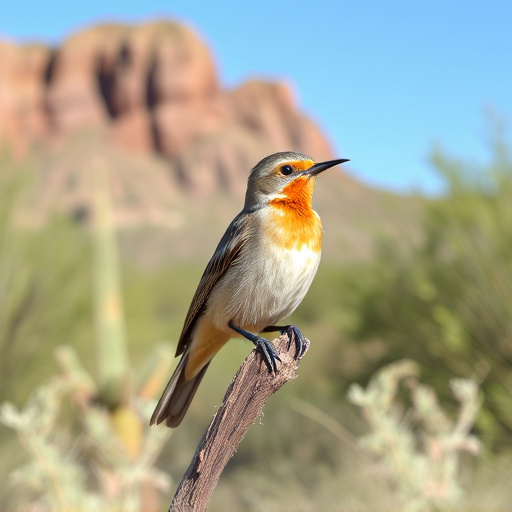
The Masked Bobwhite, scientifically known as Colinus virginianus, is a small ground-dwelling bird native to North and South America, with a particular affinity for the southern regions of Arizona. Its habitats include open forests, scrublands, and agricultural areas, where it thrives in environments offering a mix of dense vegetation and open spaces. Birding enthusiasts who visit southern Arizona often find the Masked Bobwhite as a highlight due to its distinctive calls and colorful plumage, especially during the breeding season.
Conservation efforts for this species are crucial, as their natural habitats face increasing pressure from urban expansion, agriculture, and development. The loss of suitable terrain has led to a decline in Masked Bobwhite populations, making it imperative to establish protected areas and implement restoration projects. Restoring and preserving these birds’ habitats in southern Arizona is not only beneficial for the species’ survival but also enhances the overall biodiversity of the region, providing a richer birding experience for visitors interested in observing this charming avian species.
Southern Arizona's Unique Birding Destinations
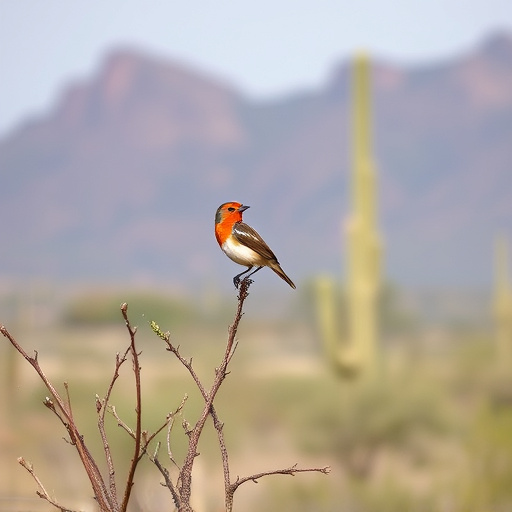
Southern Arizona is a haven for birding enthusiasts, boasting diverse ecosystems and a vast array of avian species. From arid desert landscapes to lush, green canyons, the region offers unique opportunities for birdwatchers to spot rare and native birds alike. The state is home to several key habitats that support a rich variety of feathered friends, including the Masked Bobwhite, a beloved game bird in the area.
One notable destination within southern Arizona’s birding hotspot is the Buenos Aires Refuge, which serves as a crucial sanctuary for various bird species, including the Masked Bobwhite. This refuge stands out due to its diverse terrain and abundant resources that cater to both permanent residents and migratory birds. Birding enthusiasts can explore this natural haven, enjoying the spectacle of these adaptable birds against the backdrop of Southern Arizona’s stunning wilderness.
Restoring the Natural Habitat: The Buenos Aires Approach
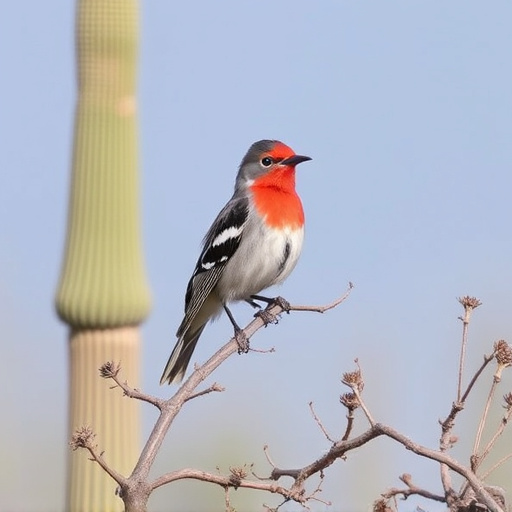
Buenos Aires Refuge is a haven for bird enthusiasts and conservationists alike, offering a unique opportunity to restore and preserve the delicate ecosystem of the Masked Bobwhite. The refuge’s approach to habitat restoration focuses on reverting the landscape to its natural state, providing an ideal environment for these threatened birds. By removing invasive species and reintroducing native vegetation, the refuge creates a thriving habitat that supports not only the Masked Bobwhite but also a diverse array of other avian and wildlife species.
This meticulous process involves careful planning and collaboration with experts in ecology and ornithology. The team at Buenos Aires Refuge ensures that every step aligns with scientific research and best practices, fostering a sustainable and healthy environment for birding in southern Arizona. This dedication to habitat restoration not only benefits the Masked Bobwhite but also enriches the overall biodiversity of the region, making it a prime destination for nature lovers and birdwatchers seeking authentic experiences.
Community Engagement in Wildlife Conservation
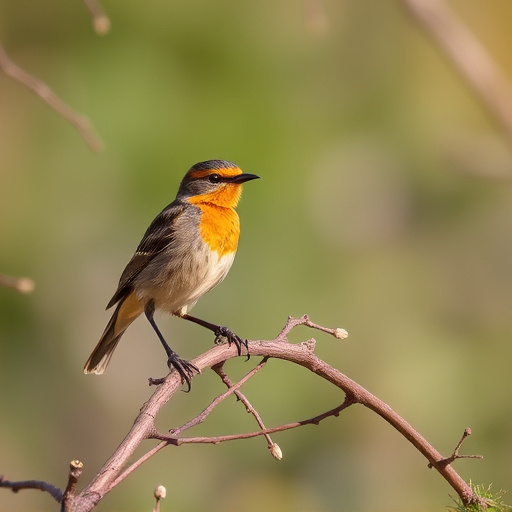
Community engagement plays a vital role in wildlife conservation efforts, especially in preserving rare habitats like those of the Masked Bobwhite in Southern Arizona. Buenos Aires Refuge serves as a prime example of successful collaboration between local residents, conservationists, and government agencies. Through educational programs, volunteer initiatives, and guided birding events, the refuge encourages folks to connect with nature and understand the importance of habitat restoration. This hands-on approach fosters a sense of stewardship, inspiring residents to actively participate in protecting local ecosystems.
By promoting birding in southern Arizona, these community-driven conservation activities attract enthusiasts and experts alike. The result is increased awareness about the region’s unique biodiversity, leading to more informed decisions regarding land management and preservation. This collective effort not only benefits the Masked Bobwhite but also enriches the overall experience for visitors interested in exploring and appreciating Southern Arizona’s natural wonders.
The Impact of Reforestation on Local Bird Populations
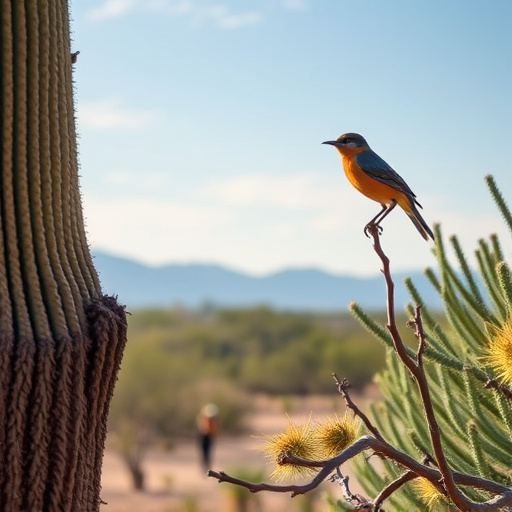
Reforestation efforts in Buenos Aires Refuge have had a profound impact on the local bird populations, particularly in the context of birding in southern Arizona. By restoring the Masked Bobwhite’s natural habitat, this initiative has not only enhanced the refuge’s ecological diversity but also provided a thriving environment for various avian species. The introduction of native vegetation has created a more habitable space, encouraging birds to nest and breed, leading to increased population sizes.
For enthusiasts of birding in southern Arizona, these reforestation projects are a game-changer. The diverse plant life attracts a wide array of bird species, making the area more appealing for both local birds and visiting ornithologists. As the Masked Bobwhite habitats flourish, so does the overall health of the region’s avian ecosystem, offering a fascinating experience for nature lovers and researchers alike.
Buenos Aires Refuge stands as a shining example for birding enthusiasts and conservationists alike, showcasing how dedicated efforts can revitalize habitats and protect rare species like the Masked Bobwhite. By combining scientific reforestation methods with community engagement, this sanctuary in southern Arizona has become a vital stop on the birdwatching map. Its success highlights the potential of collaborative conservation initiatives to preserve unique avian landscapes for future generations to enjoy and appreciate.
